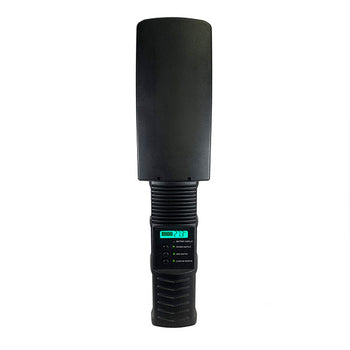How common is GPS jamming? (And how to protect yourself)
In 2013, the Federal Communications Commission fined a person nearly $32,000 for using a device intended to evade the fleet management tracking system on his company vehicle. The device in question: a GPS jammer.
The incident occurred at Newark Airport after FAA and NJ Port Authority officials struggled for more than two years to determine why the new Ground Based Augmentation System (GBAS) - a system used primarily to augment aircraft take-off and landing systems - was experiencing failures. The cause of these failures seemed impossible to identify.
Eventually, with the help of the FCC and with specialized equipment, they were finally able to pinpoint the cause of these inexplicable problems: an on-site contractor was using a GPS jammer that not only jammed his vehicle's fleet tracking system from company, but he also destroyed the GBAS in the process.

GPS jammers are usually small devices that plug into a vehicle's lighter port and emit radio signals that overpower or drown out much weaker signals such as GPS or others. Although GPS jammers are illegal in the United States, they are readily available online and are becoming more common as the use of fleet management tracking systems increases. These devices may seem relatively harmless at first glance, but their potential for damage is significant.
The case of the jammer at Newark airport is a perfect example. A simple $30 device dismantled a state-of-the-art, highly sophisticated landing system at one of the busiest airports in the world. Worse still, the user of the device was not even trying to do so. Imagine what a person who has DID intent to do harm could do?
Remember that GPS is used for more than just navigation. It is also the main source of timing and timing in critical infrastructure such as finance, communications, industry, power grid, etc. In fact, these infrastructures are so dependent on GPS for timing and synchronization that in recent years the Department of Homeland Security has launched an initiative to raise awareness of the threat and find solutions to protect these vital systems.
In timing applications, jammers can disrupt the GPS signal, causing underlying systems to lose their ability to synchronize their internal clocks and, in turn, their ability to stay in sync with the rest of the network. Since many critical infrastructure sectors require synchronization across their network to a millionth of a second, even short-term GPS outages can have a major impact. Worse still, when an outage occurs, there is usually no indication that it is jamming. The GPS signal is simply no longer received.













